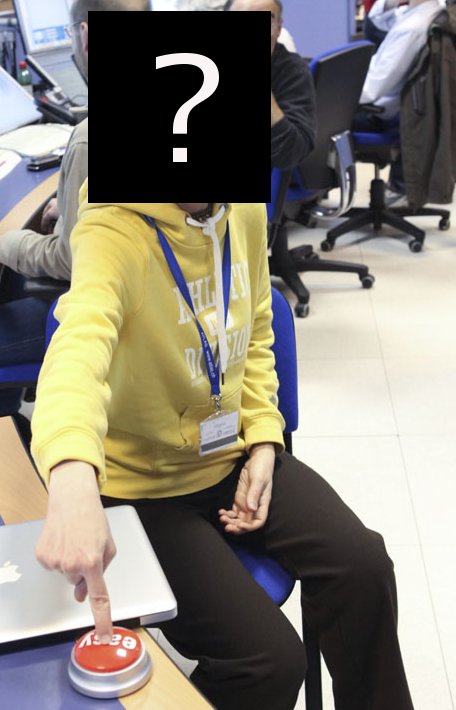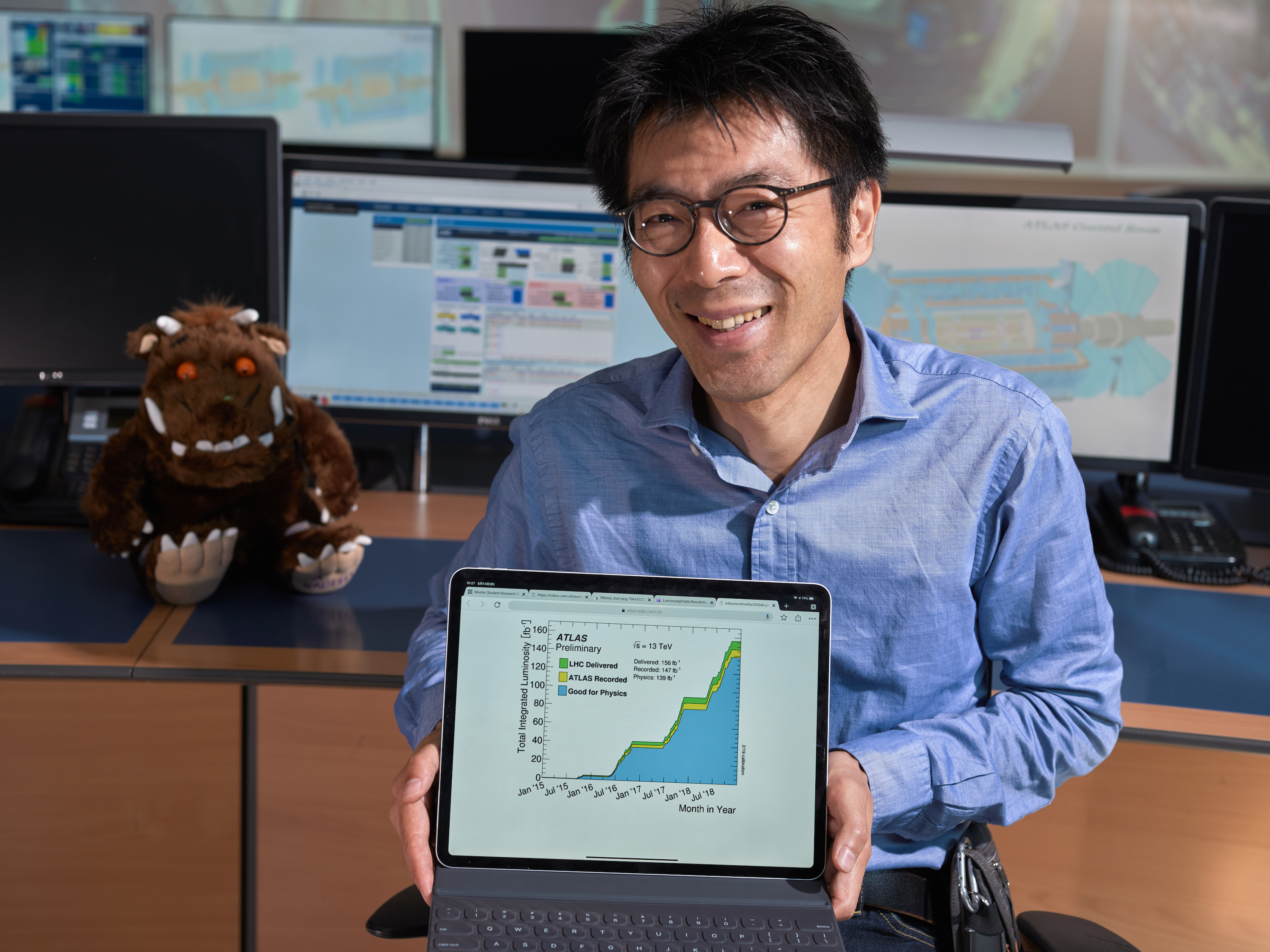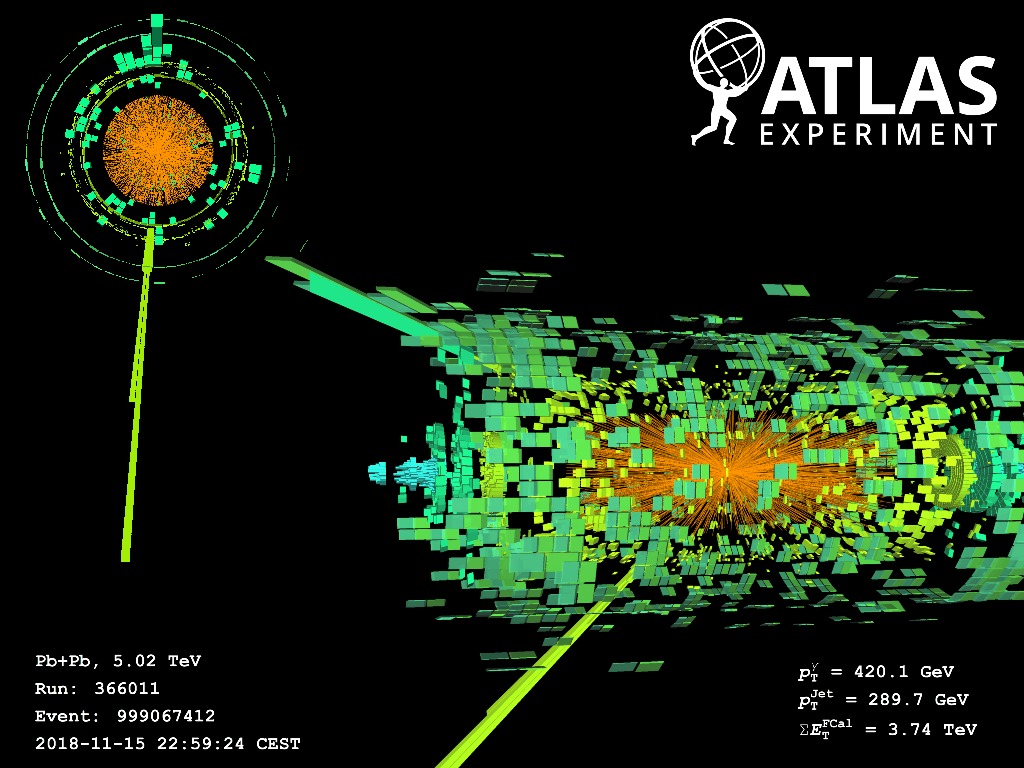How will it happen?
28 March 2010 | By

So how will this whole "First 7 TeV Collisions" event happen? Well, here is my (somewhat naive) understanding of what will happen. At some point on Monday night, the LHC will already start preparations of the machine for the historic event. They will wrap-up their final studies, and make the final adjustments. At the same time ATLAS will begin doing a final system check to make sure that it is ready to record the first events. When the Data Acquisition (DAQ) experts and the other sub-system experts are satisfied, they will start recording. This could be as early as 5am on Tuesday CERN time. At approximately the same time the LHC will begin injecting protons into the machine. The LHC will then check that the beams are well behaved and are in the correct orbits and buckets, and that the lifetimes of the beams are sufficiently long. (If the protons happen to be put into the wrong bucket then there will be no collisions. So they will check this early on in case they need to try again.) The LHC has already demonstrated that it can achieve beam lifetimes more than 100 hours. Once the machine people are satisfied, they will begin to ramp the beams to 3.5 TeV. Then the LHC will perform some final checks while the beams are at full energy. If all goes well, then the beams should be ready to collide as early as 7 am. The only thing keeping the beams from colliding then are two magnets at each interaction point called "Separation Bumps". All that the LHC will have to do is to basically push a single button, and presto! Colliding Beams! The thing that I wonder about is, who will push that button? The unofficial time for that "button" to be pressed is 9:17.
The LHC isn't finished though. They still need to make sure that the conditions are satisfied for "stable beams". This means that the beams are guaranteed to keep their orbits and not stray into some magnet or detector.
Meanwhile, in the ATLAS control room people will be waiting and looking for those signature characteristics of collisions. Once the separation bumps are removed we should almost instantly see something in our trigger rates and our event views. Ok, maybe not instantly. It will take a few seconds. To get the best event views and the data from the complete detector we need to wait for the Stable Beam conditions. This should happen quickly though (a matter of minutes after the separation bumps are removed). Then the part of ATLAS which is at reduced voltage for safety reasons (Pixel, SCT and forward muon detectors) will turn on. All this takes a few minutes. Then the "golden events" will start to flow out of the detector. It will then be up to the event scanning team (just two floors above the control room) to find that one beautiful event that will then be sent out to the corners of the globe as ATLAS' First 7 TeV Event!




